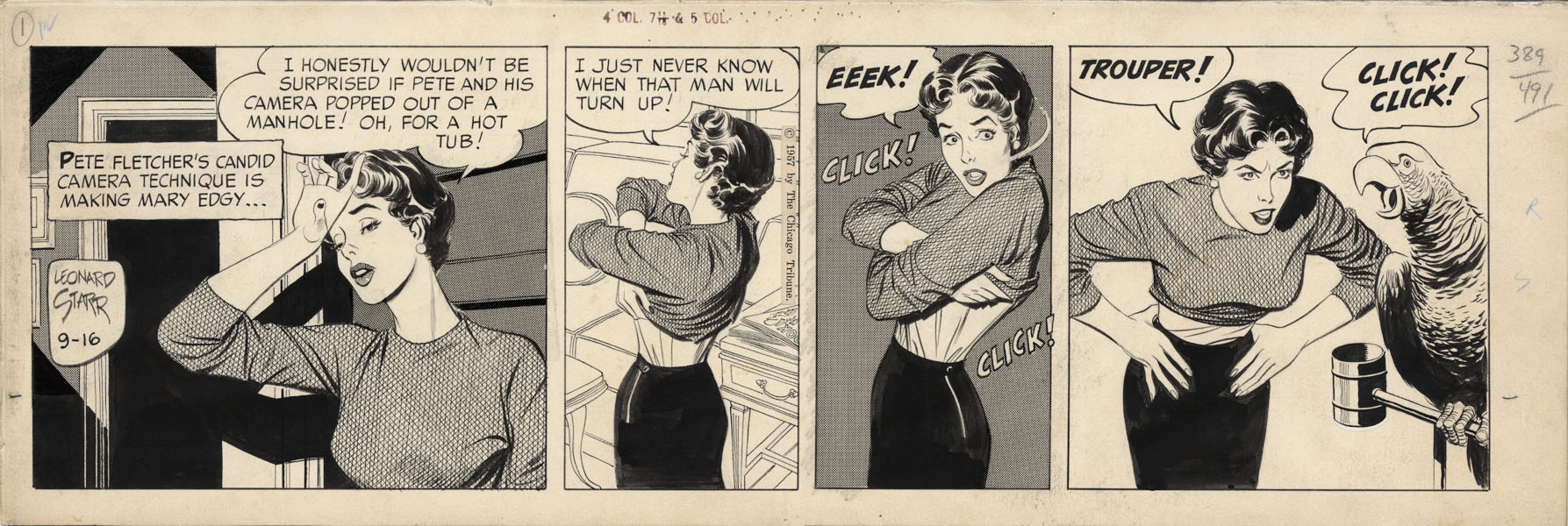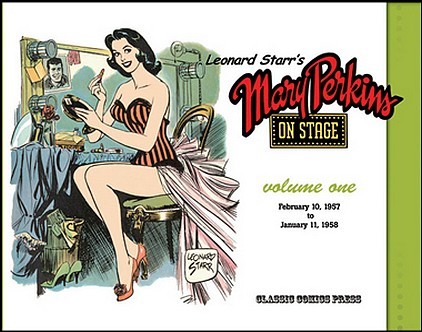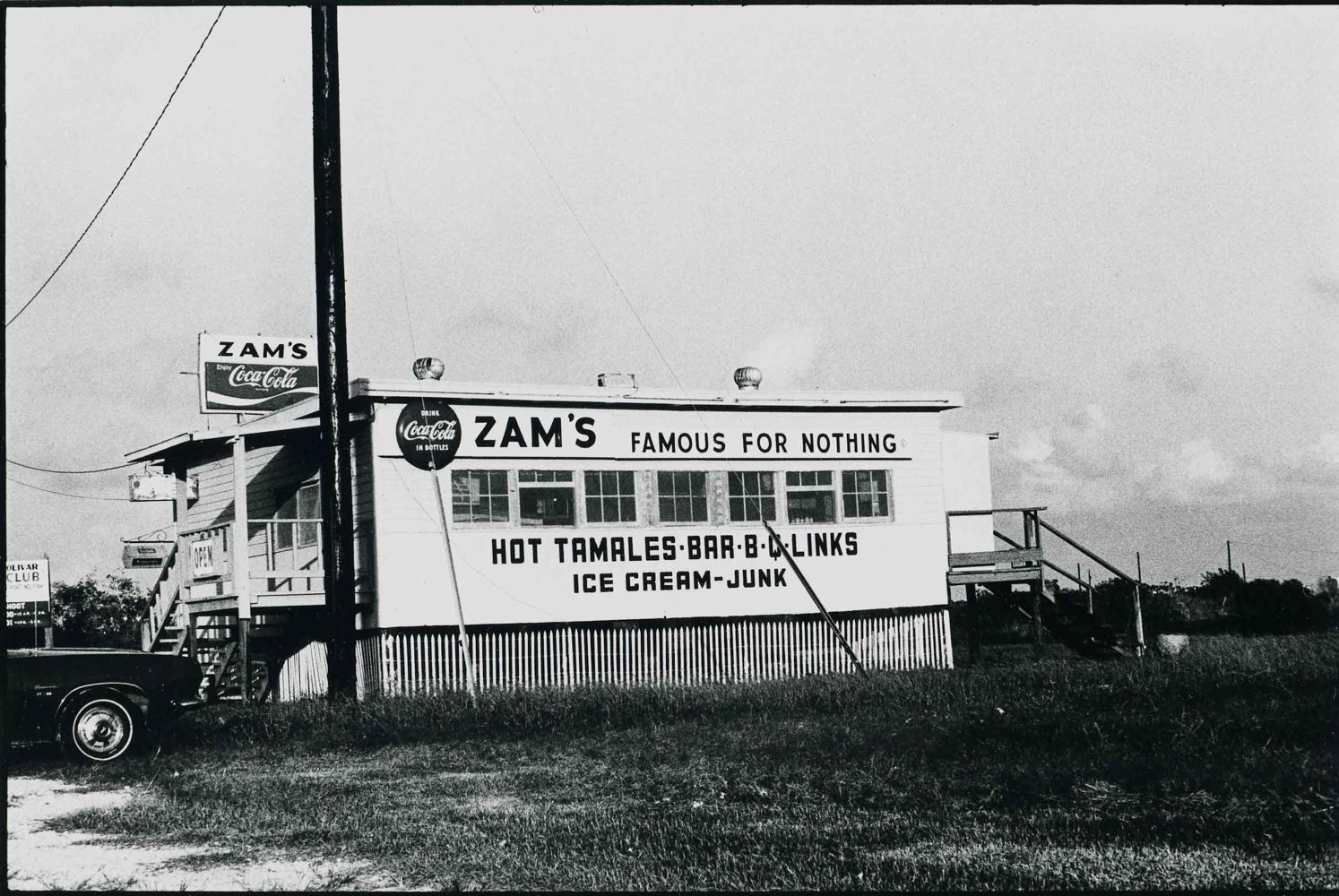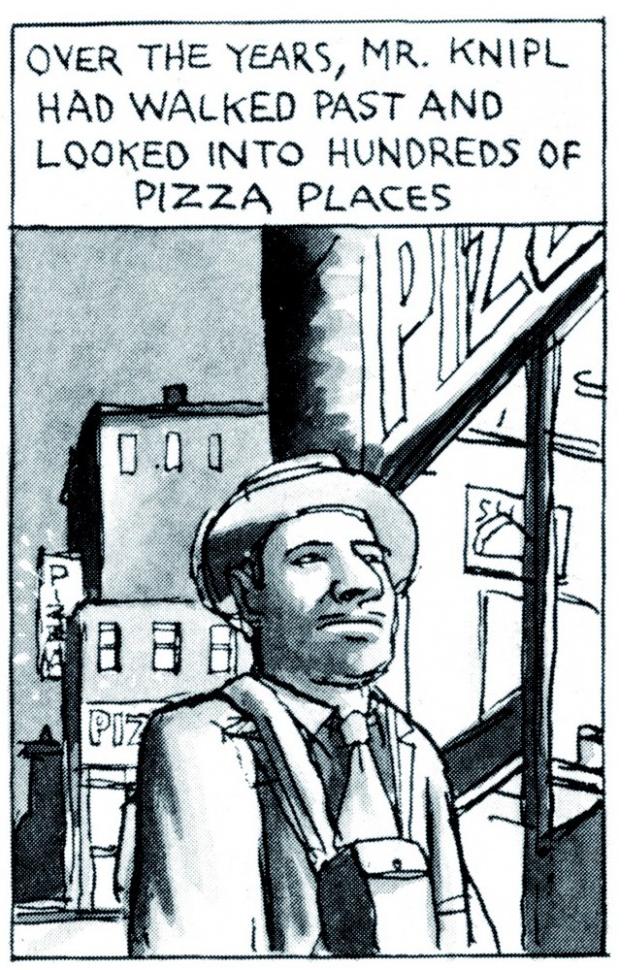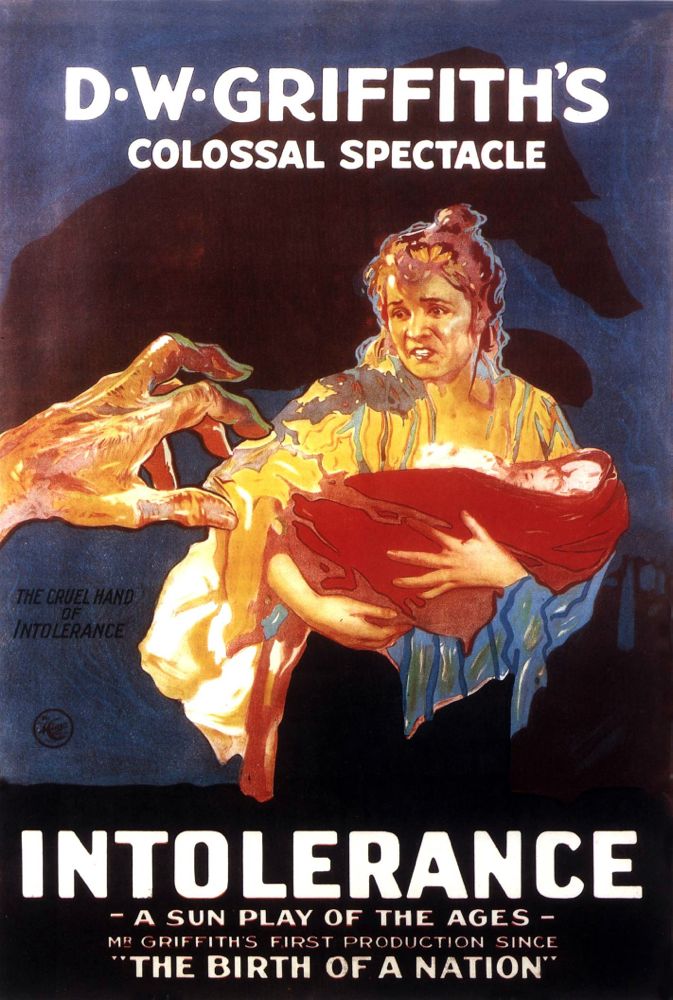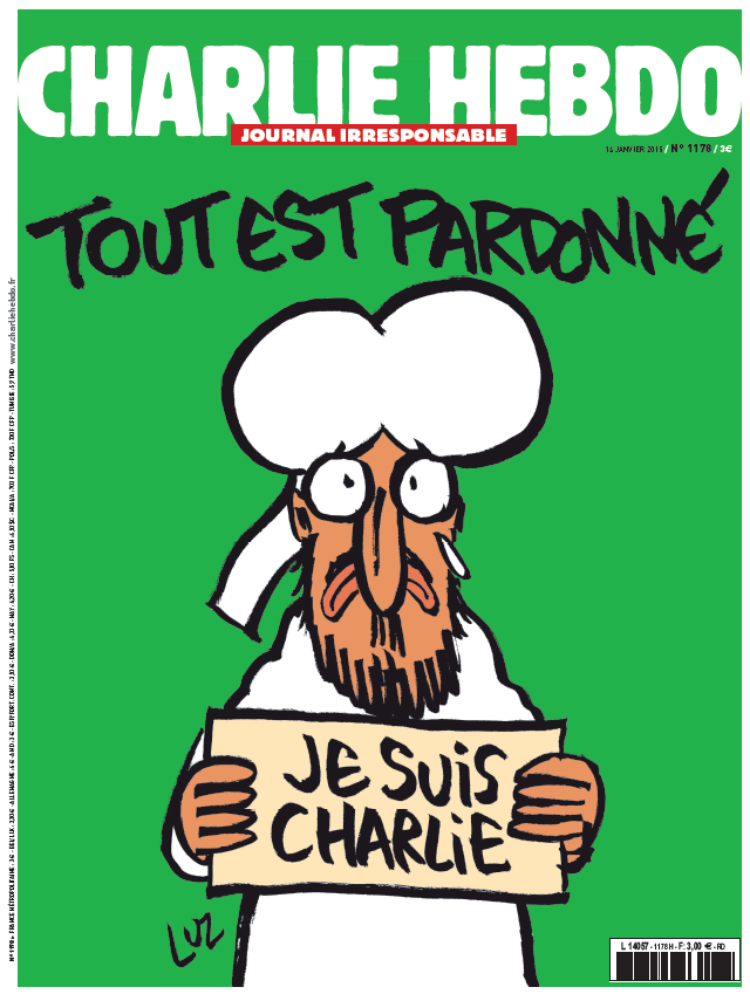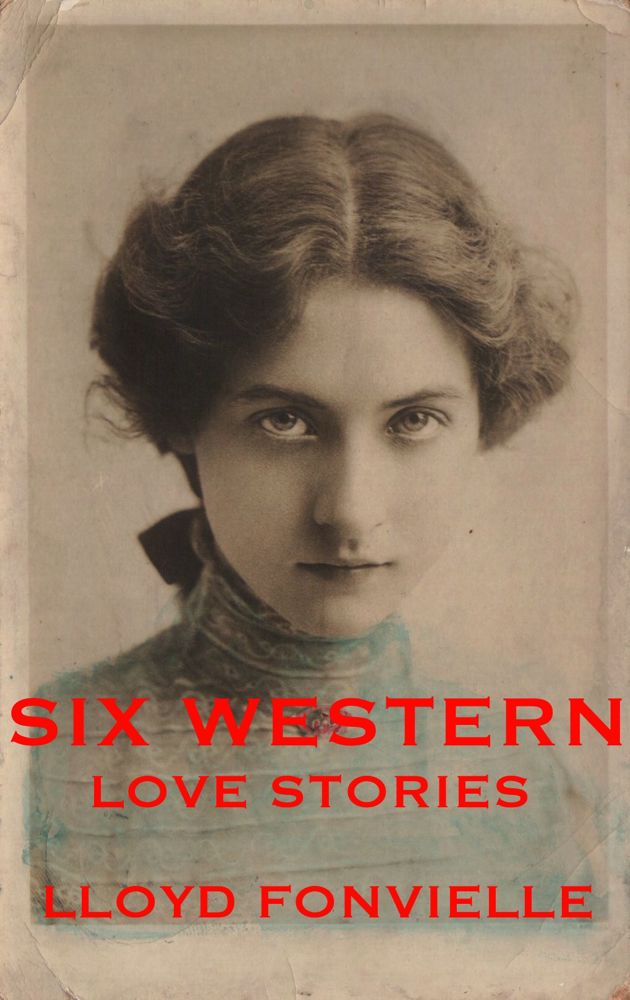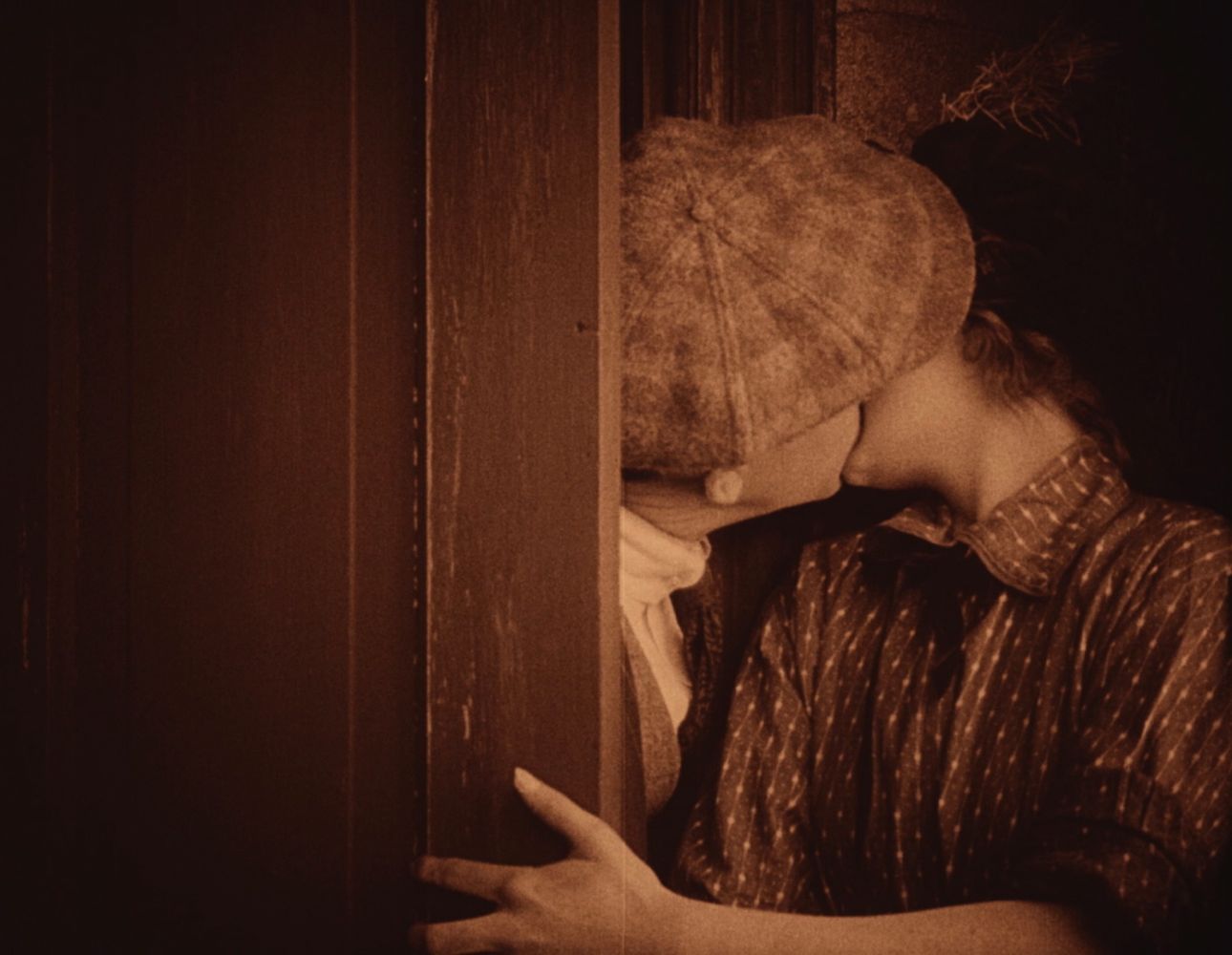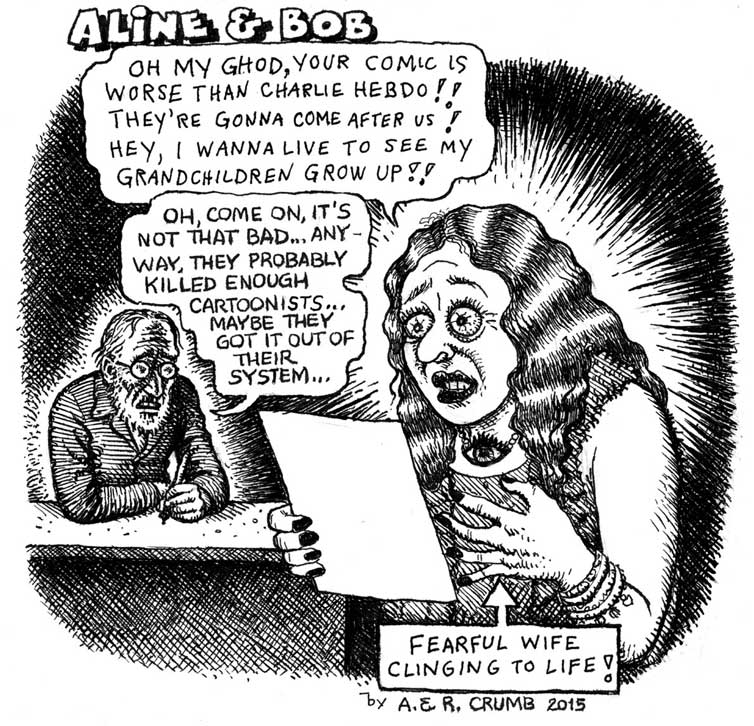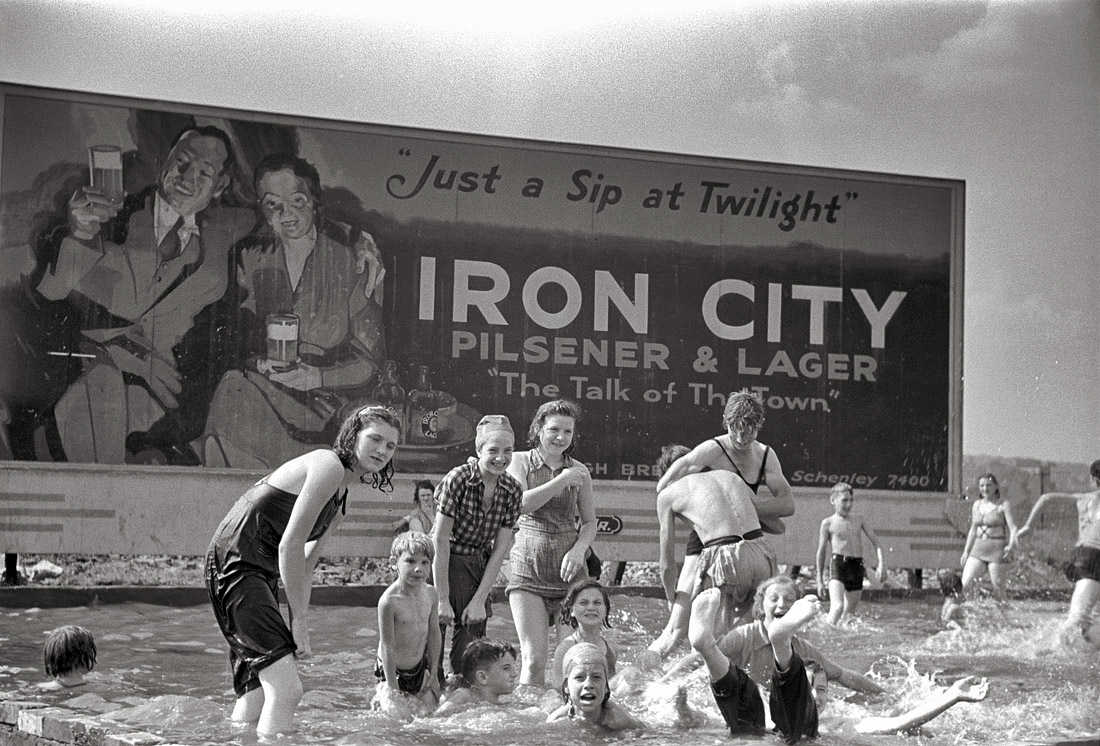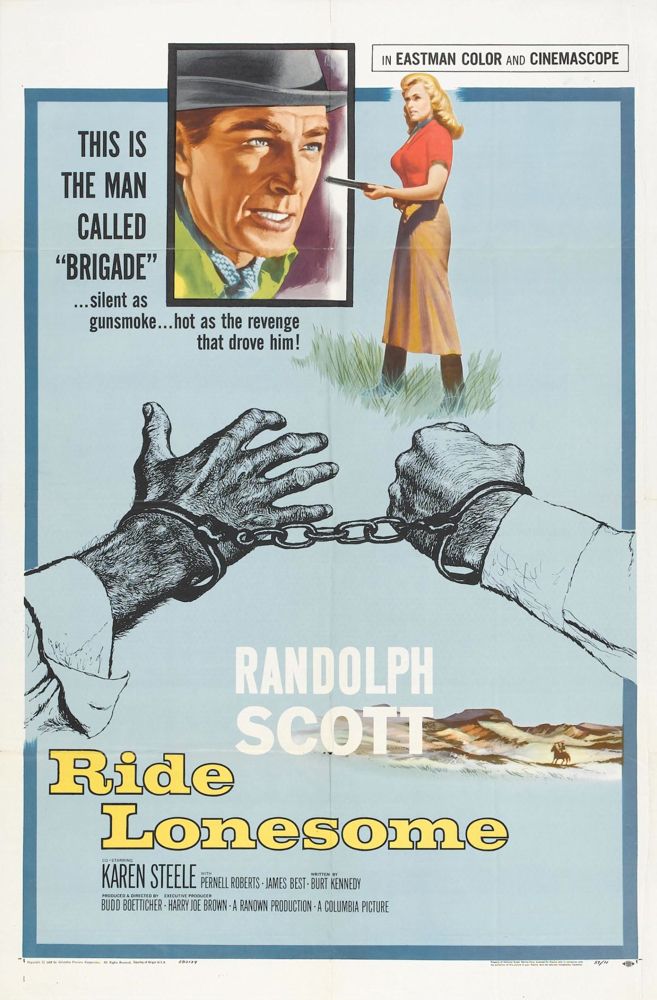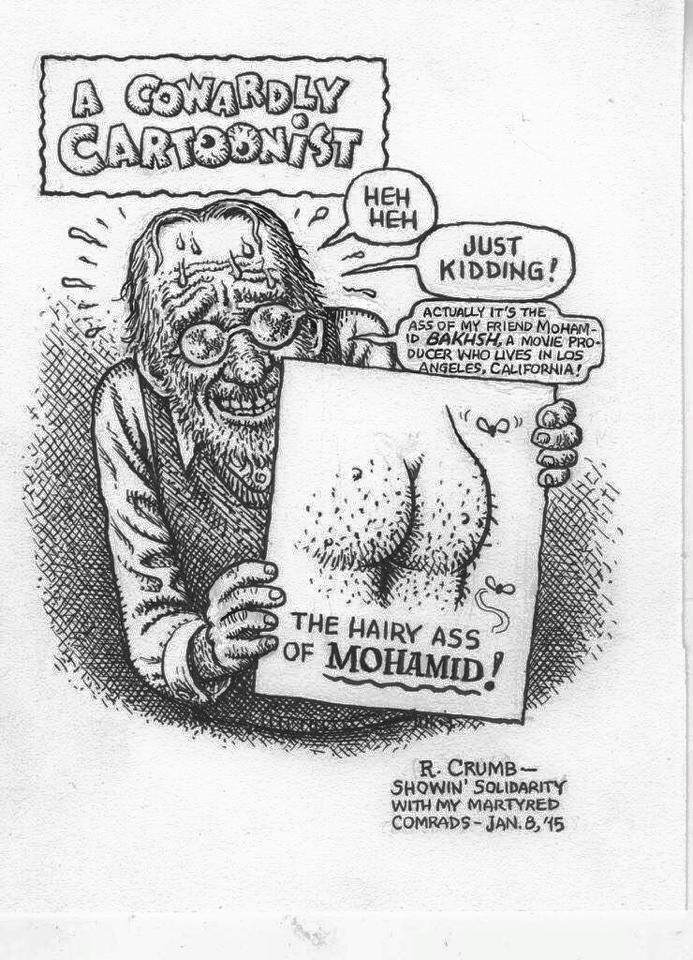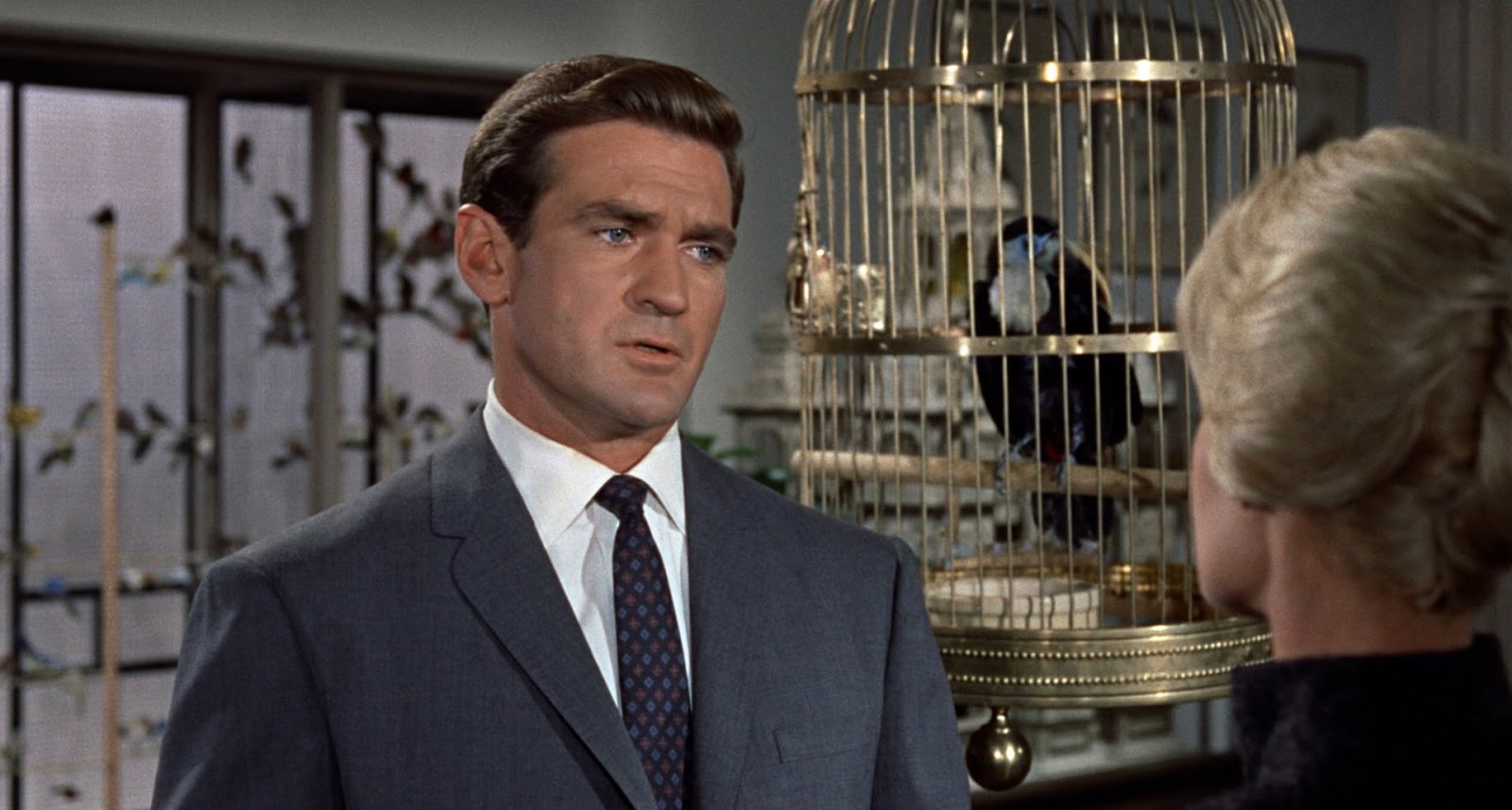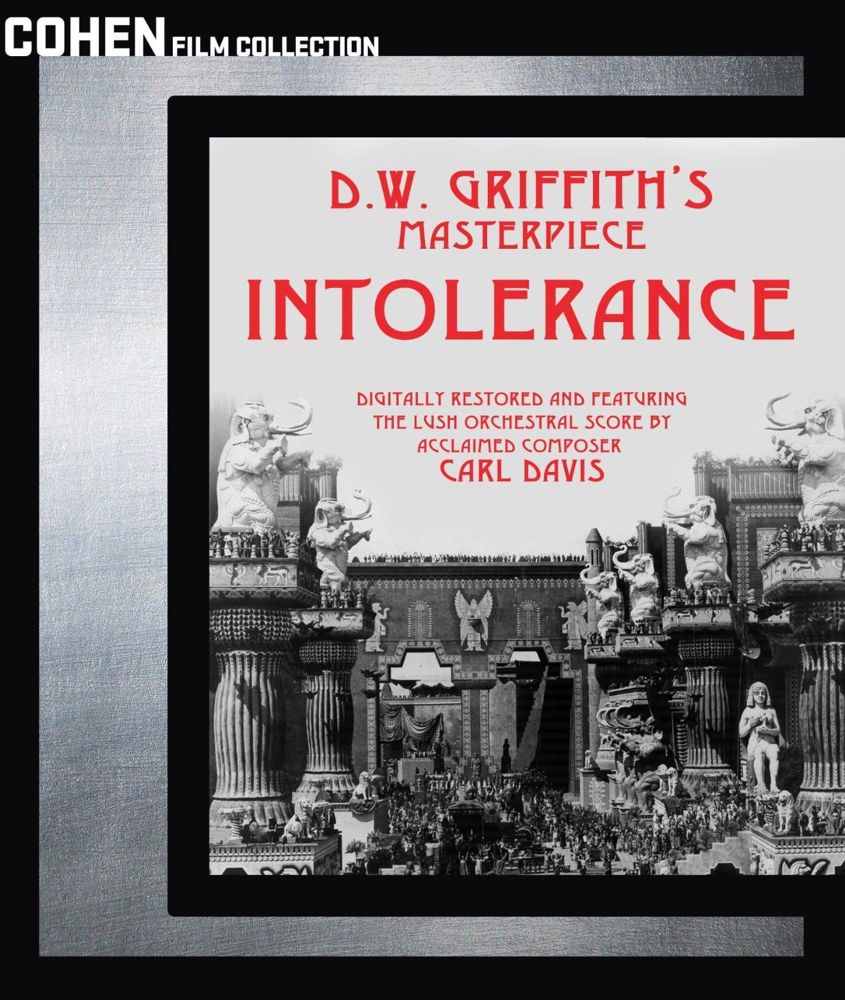
D. W. Griffith’s Intolerance, from 1916 is — not to put too fine a point on it — the greatest movie ever made, maybe the greatest movie that ever will be made.
Pauline Kael summed up the film eloquently and passionately when she wrote:
Intolerance is like an enormous, extravagantly printed collection of fairy tales. The book is too thick to handle, too richly imaginative to take in, yet a child who loves stories will know that this is the treasure of treasures. The movie is the greatest extravaganza and the greatest folly in movie history, an epic celebration of the potentialities of the new medium — lyrical, passionate, and grandiose. No one will ever again be able to make last-minute rescues so suspenseful, so beautiful, or so absurd. In movies, a masterpiece is of course a folly. Intolerance is charged with visionary excitement about the power of movies to combine music, dance, narrative, drama, painting, and photography — to do alone what all the other arts together had done. And to do what they had failed to.
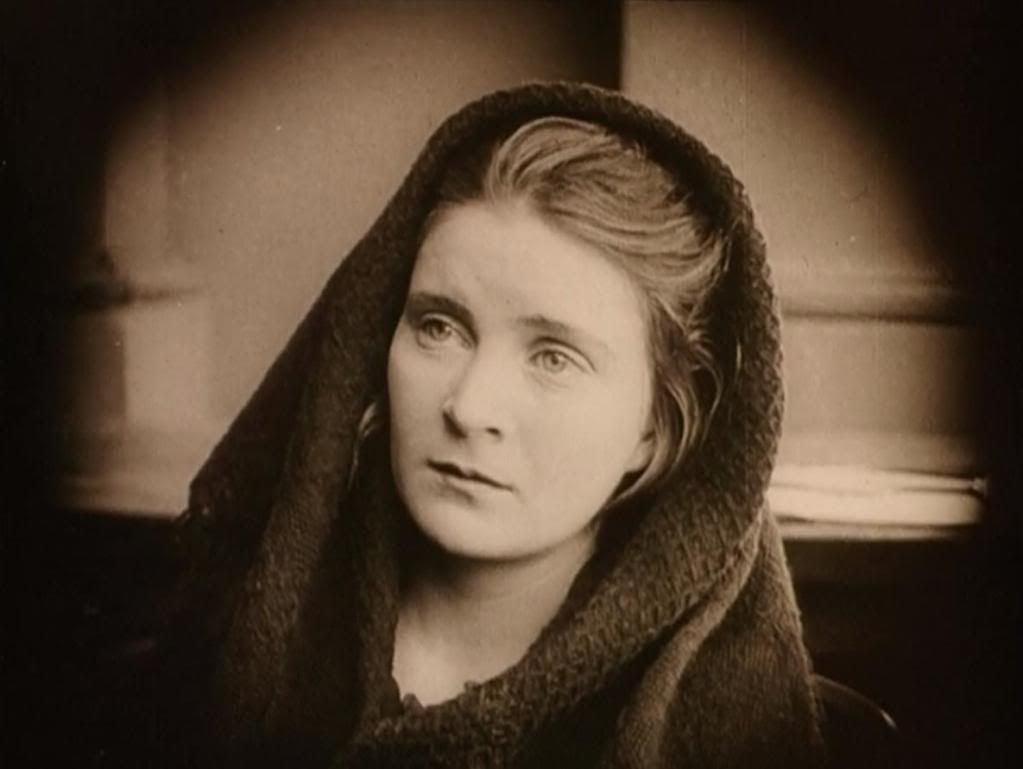
Fabrizio del Wrongo of Uncouth Reflections, who understands Griffith’s art as well as anyone currently writing about film, recently praised the the new Cohen Entertainment high-def restoration of Intolerance, so I bought the Blu-ray of it and it has exceeded all my expectations. It’s just miraculous — almost as good as watching a fine 35mm print in a theater.
Griffith’s images make you want to jump out of your chair and into the magical spaces they conjure up, and this Blu-ray makes you feel you could actually do it.
A copy of it belongs in every civilized home. It’s the most important Blu-ray that has ever been released.
Click on the images to enlarge.

